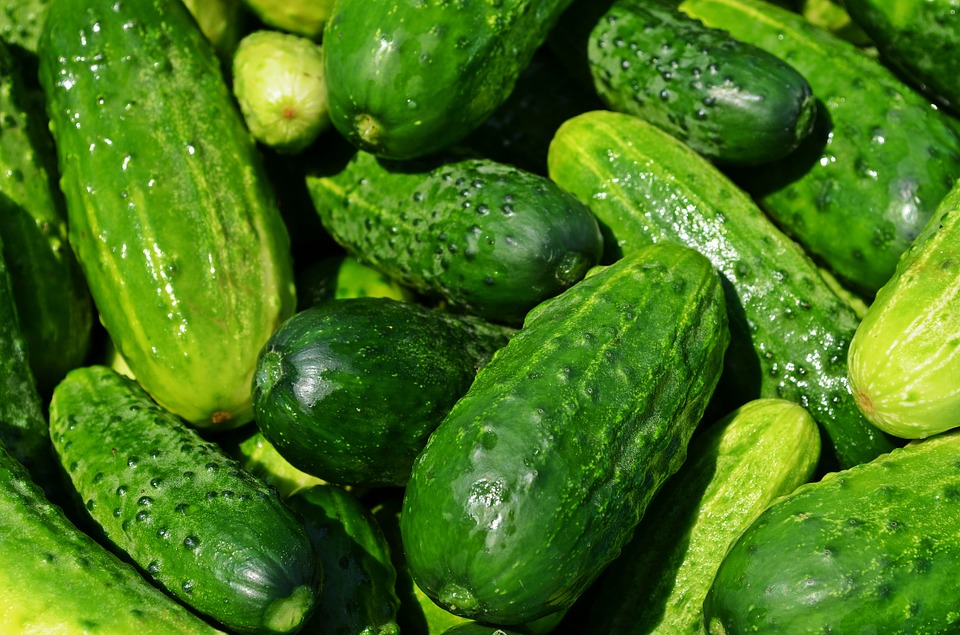The concept of once-over mechanical, as opposed to multiple-pick hand or experimental multiple-pick machine harvesting, represented a major break-through in the practice of producing vine fruit such as pickling cucumbers. In the 1950s the cost of hand harvesting was as high as 50% of the production cost. Once-over mechanical harvesting, coupled with increasing plant population, reduced this cost to 25% thereby making production economically viable. At the heart of the once-over harvester is a mechanical pinch-roll vine-fruit separation system developed by Michigan State University researchers Bill Stout, Max DeLong and Stan Ries in 1961 with support from cucumber growers and processors. A harvester was successfully field tested in 1963. Food Machinery Chemical (FMC) Corporation, Hoopeston, IL fabricated 1 prototype harvester in 1964 and 5 in 1965. FMC and other companies manufactured an estimated 230 harvesters in the 1960s and 300 through 2009. Today, once-over mechanical harvesting has become universally adopted method of harvesting vine fruit and is used around the world.



